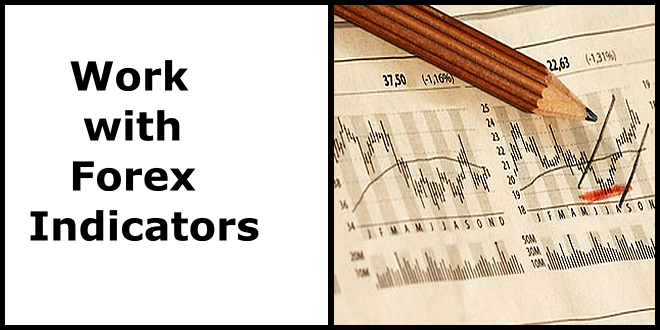
Indicator is a mathematical formula which processes the price or volume by a given algorithm. With this in mind, work with Forex indicators can generate a steady income if you clearly understand their nature and purpose. In the opposite case, when a beginner tries to mindlessly execute the standard signals, it results in the myths claiming that the indicators are useless.
Unfortunately, many beginners are quite suggestible, and instead of studying mathematics and statistics, they pay money for training courses on trading without indicators that, as their sellers claim, is the only sure way to survive in the market. To avoid making such mistakes, let’s briefly analyze how the work with Forex indicators should be organized. First of all, you must drop completely useless codes and never apply them, which include:
-
the ones that redraw on history – as a rule, this is the disadvantage of the algorithms that address the future. As a result, the last few bars will change values as new quotes appear – usually, this is the “sin” of the oscillators;
-
indicators with closed source or lack of instructions – if you can’t figure out the formula, it is a "black box";
-
too complex indicators that are built on a combination of the simple ones – those usually produce an excessive concentration of useless information in the working window from different timeframes and other tools. An example of a bad system is presented below:

Professional work with Forex indicators
The first step to building a working indicator system is understanding of a mathematical meaning of the formula. Traditionally, the template must include a few components: the identifier of the trend, the volatility criterion (usually ATR), and the signal to enter the market.
Given the fact that the trend is a pronounced tendency, that is the sequential update of the price extremes, no other methods than the moving average and the commodity channel index (CCI) can better handle the task, due to the nature of the calculation. Besides, they don’t redraw on history, which gives the opportunity to collect quality selection of the signals.
Volatility is important for several reasons: first of all, it is used to calculate the stop-loss, and secondly, the parameters of the signal indicators depend on the market condition, because the wider the fluctuations, the higher the probability of false alarms, so if you don’t make allowances for volatility, periods of profits and losses of the system will be unpredictable in duration.
Work with Forex indicators when creating rules for the entry points is built on standard deviation, the calculation period of which is selected by conventional statistical methods. It is quite easy to interpret this signal – if the deviation is close to zero, the price is stable, and if it surpasses the extreme border, then the prices significantly deviate from the average, and the market may return back to normal.
Such an approach is closer to the statistics and slightly differs from that in the terminal Help section, which in turn interprets the variation in prices as volatility – this contradicts the very meaning of the formula. In addition, you can use simple oscillators for which Standard Deviation will be a filter. The following figure shows an example of a simple and efficient strategy for the beginner:

If you do not use correlation and complex regression calculations, the work with Forex indicators listed above will not be difficult, you have a little left to do – just backtest several options and collect the detailed sample of the signals. The last and the key touch is the calculation of the expectation results for each set and the choice of the most profitable option – without this operation, all the work will be wasted.
So, the beginner can build an efficient indicator system for any currency pair using only three indicators included in the standard set of MetaTrader, in combination with simple statistical calculations.
Social button for Joomla


